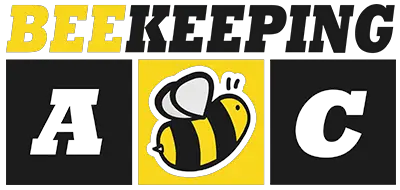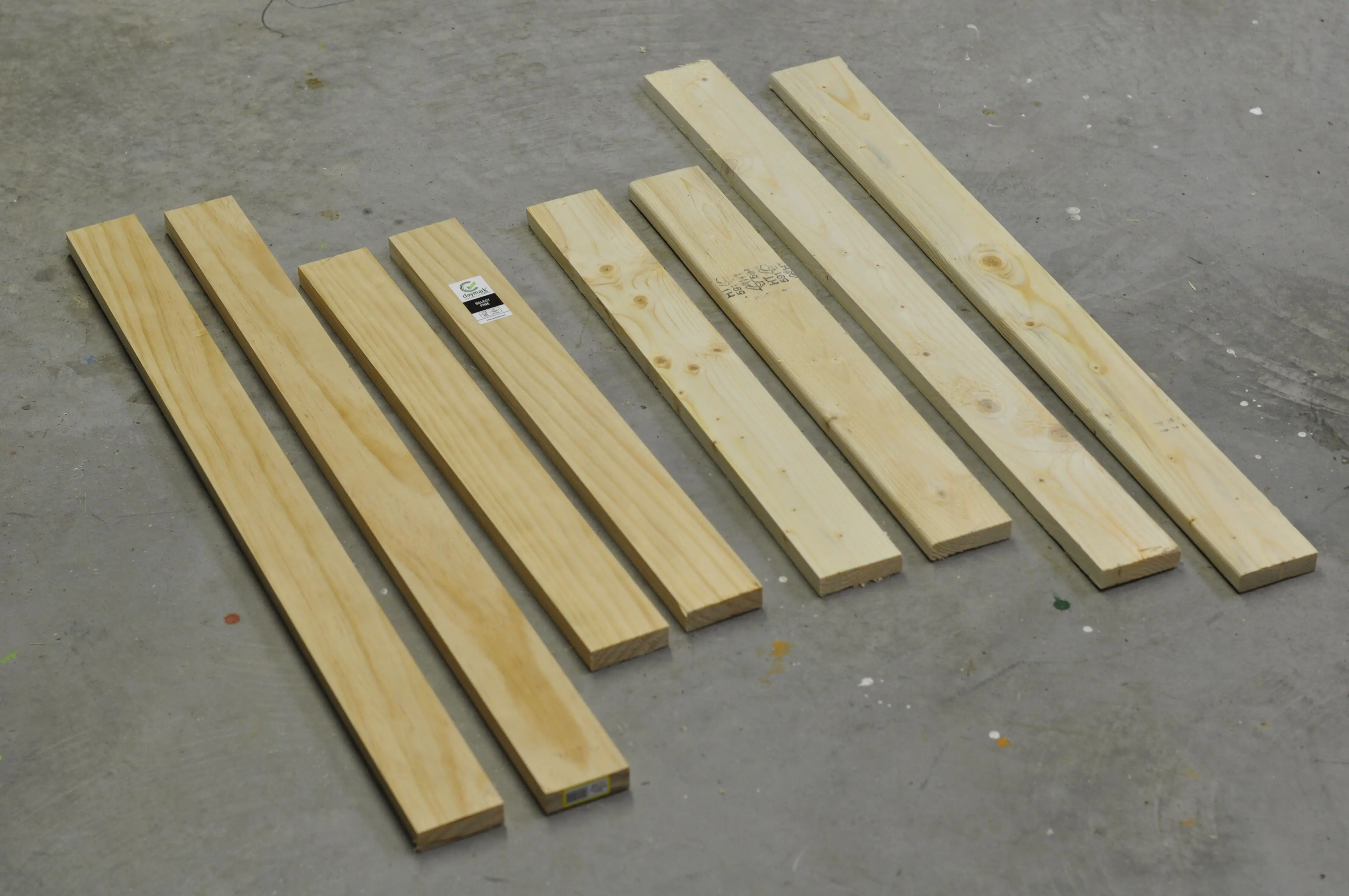How to Make Bee Frames from Scratch
Assembling bee frames is a simple process, but it can be challenging for a new beekeeper. There are different types of frames, depending on your hive configuration. Wooden bee frames come in kits for easy assembly, but they may vary from one vendor to another. Most kits consist of essential components like:
- A top bar
- A bottom bar (may have two rails)
- Two sidebars
- An assortment of nails
For this article, we describe how to assemble a grooved bottom bar or wedge top bar for a Langstroth hive.
Overview of the Wedge Top Bar Frame
A wedge top bar is fitted with a piece of wood called a wedge cleat that runs along the top bar. The wedge cleat is removed before assembling the other components and is reinstalled when you have fitted the foundation.
The grooved bottom has a hollow part that runs along the bottom where the foundation rests. This frame is suitable for both wax and plastic foundations though some beekeepers use it with starter strips to make it as versatile as possible.
Tools Required
- A hammer
- Hive tool
- Wood glue
- A drill
- Wax foundation (order foundation that matches the size of the frames you are assembling)
- Razorblade
The Procedure
1. Remove the Wedge Cleat and Clean the Wood
Snap out the wedge cleat from the top bar using the hive tool. Be sure to clean out the rough edges by scraping the wood. If you are assembling many bee frames, it is easier to do this to all of them before going to the next step. Save that wedge piece as it will come in handy when installing the foundation. A razorblade cleans just as well as a hive tool.
2. Glue the Frames
Place the top bar on the work surface with the flat surface facing downwards. Apply the glue on the grooves of the top bar on both sides and take the two side pieces and snap the broader end into the slots of the top bar.
Turn the bar upside down and fit the bottom bar into the slots of the narrow ends of the two side pieces. The assembly may consist of two rails or a single bar with an open slit along the bar depending on the manufacturer. Clean up any glue that may have leaked out using a paper towel.
3. Drill and Nail the Frames
Nail the frame immediately after gluing; don’t wait for the glue to dry. You may need to pre-drill the frame, especially if you are using pine woodware. Since honey-frames hold a lot of weight, it is essential to drill a side-hole to prevent the honey from leaking from the sidebars when the bees have propolized the wax.
The drill should be smaller than the nail to avoid creating a loose joint. Drill the right side of the top bar first and turn the frame over to drill another hole on the same right side. Then nail all the pieces together.
Use eight nails per frame: two for each end of the top bar and one at each of the bottom bar rails. The nail at the top bar should be fitted towards the rear of the edge of the frame to avoid the side nail. If you hit the side nail, the top nail is likely to protrude. Repeat the process for the bottom side.
Check if the frame fits in properly to avoid creating slanting squares. You can use a right-angled ruler to muscle each square into place. When the frame is nailed together, hammer another nail on the side of the frame beside the top bar.
Ensure it aligns to the thick side of the top bar and not the side where the wedge strip was removed. Flip the frame and hammer another nail under the top bar. The two nails help the frame last longer and prevent the top and sidebars from separating.
4. Drill Holes on the Edges
When the frame is all set up, you need to drill in holes on the lateral edges of the frame to fit the wire. You may use a small drill or an awl. A readymade template may come handy when making the holes.
Then, start stringing the wire. You can buy a steel bolt at a beekeeping store or employ any clamping technique. The end of the wire should pass through the top or bottom hole on the other side of the frame.
Stretch the wire through the remaining holes simultaneously to prevent it from tipping over. When stringing the wire through the last hole tighten it and create a lock. Bleed the excess wire into the coil. The hive frame is now ready for waxing.
Conclusion
The procedure is cheap and easy for a typical backyard beekeeper with a few hives. However, large-scale beekeepers may need to buy a jig to enable them to set up as many frames. The method used to make such bee frames is similar; the only difference lies in the number of holes created on the edges.


![3 Big Mistakes Beginner Beekeepers Make [And How To Avoid Them!]](https://beekeepingabc.com/wp-content/uploads/2020/11/3-mistakes-beginner-beekeepers-make-90x75.jpg)

![Move over ducks, Queen Bees quack too! [Here’s Why]](https://beekeepingabc.com/wp-content/uploads/2020/06/queen-bee-90x75.png)
![The Flow Hive 2 Review [ Vs. The Classic Flow Hive]](https://beekeepingabc.com/wp-content/uploads/2020/02/Flow-Hive-2-90x75.jpg)
![How Bees Fly [10 Facts About How, When, and Why]](https://beekeepingabc.com/wp-content/uploads/2019/12/A-Bee-Flying-90x75.jpg)